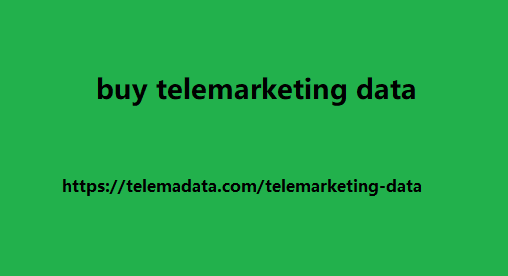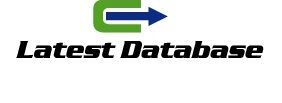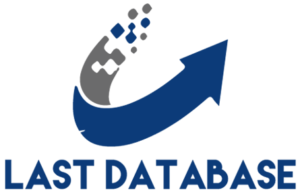In today’s digital era, almost all of our daily activities use hardware such as mobile phones, computers, laptops, and others. Did you know that every time we access these devices, there is a system that records all our activities on the device which is then processed by data storage which is usually called a database. This database is very important for a company. Usually the system is built by a Backend Engineer.
What is a database? What are the types and benefits? Let’s see in the following article
What is a Database?
The term database refers to a collection of structured and organized data information that is arranged in such a way that it is easy to access, manage, and update. The data in question can be information about people, places, or bodies and other information. The information is collected in one place so that it can be observed and analyzed. A database can be considered a collection of organized information.
A database is usually controlled by
Database management system (DBMS). This system management is used to store, maintain, and access all types of data. Most databases use a tool called Structured Query Language (SQL) to write and request data
Types of Databases and Their Functions
Databases have several types and various functions. Generally, there are 5 types of databases that are known and operate on devices. The five databases are:
1. Operational Database
Operational Database or commonly called Online Transaction Processing (OLTP) database is a database that is useful for managing dynamic data directly or in real-time. This type of database allows you to be able to perform, view, and modify data. These modifications can be in the form of changing, adding, or deleting data directly through the hardware used.
The programming languages used in this type of database are:
JSON or JavaScript Object Notation is a file format that uses text to send data. This format is commonly used by users to exchange data like buy telemarketing data interacting quickly through a web browser or web server.
XML or Extensible Markup Language is a language in a markup program that has rules for providing two different document codes so that they can be read by humans and computers.
2. Relational Database
Relational Database or relational database is a database that organizes based on a data relationship model. Many software use this system to organize and maintain databases through the relationship of each data.
Usually, all systems use Structured Query Language or SQL as a programming language for database maintenance and queries. Here are examples of tools:
Distributed Database
Distributed Database is a database whose storage device is not installed on the same computer device. This means that this type of database consists of two or more files located on different sites. The database is stored on several computer devices located in the same place or spread across other interconnected computer networks.
In other words, Distributed Data can be homogeneous, where all physical locations have the same basic hardware and run the same operating system and database applications. And also provide heterogeneous where hardware, OS and database applications can differ in different locations.
Warehouse Database
A database warehouse is a database system that is commonly used for reporting and analyzing data. This system is also considered a core component of business intelligence. A database warehouse is also commonly interpreted as a central repository of integrated data from one or more different sources. In addition, this type of database also stores current and historical data in one place that is used to create analysis reports.
How this type of database works is that actively participate in discussions within your niche the data stored in the warehouse is initially uploaded from the operating system. The data can go through operational storage that allows you to clean the data. This process is used as an additional operation to ensure data quality before being used in the warehouse as a report.
End-user Database
An end-user database is simply software au cell numbers that helps store data created by end users. Examples of such software can include word processors, spreadsheet managers, etc. Any database software that allows end users to create and manage data falls into this category.
The most commonly used software is SQLite. SQLite is a database management system that is in the C programming library.







